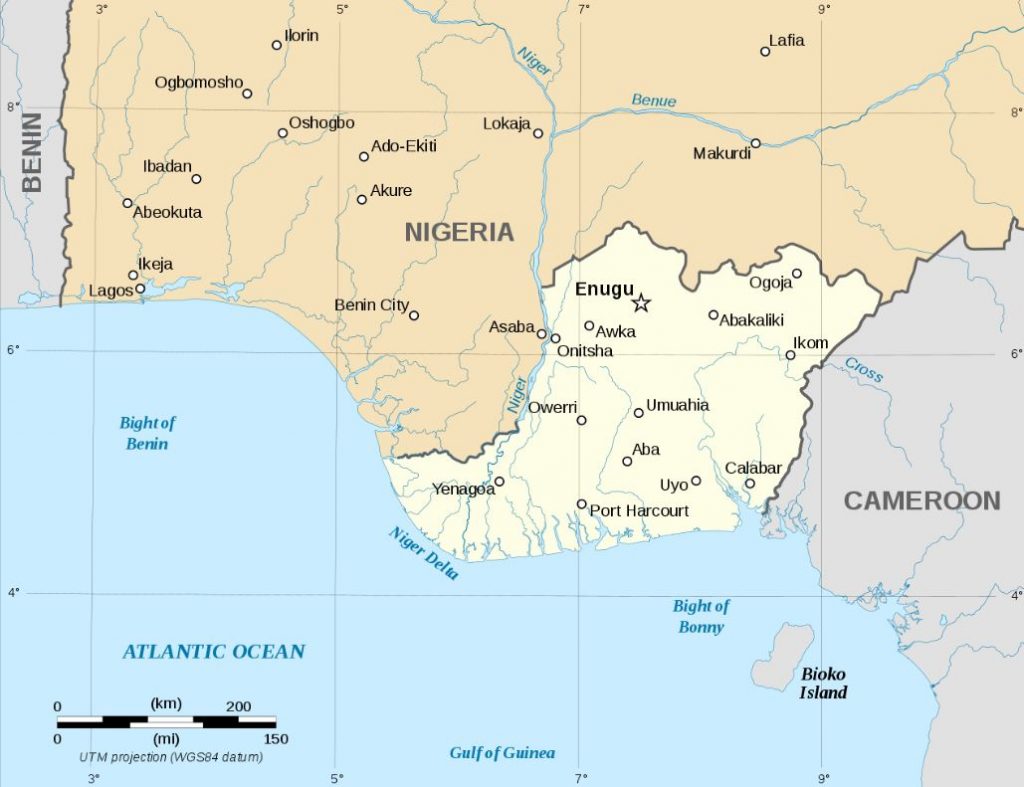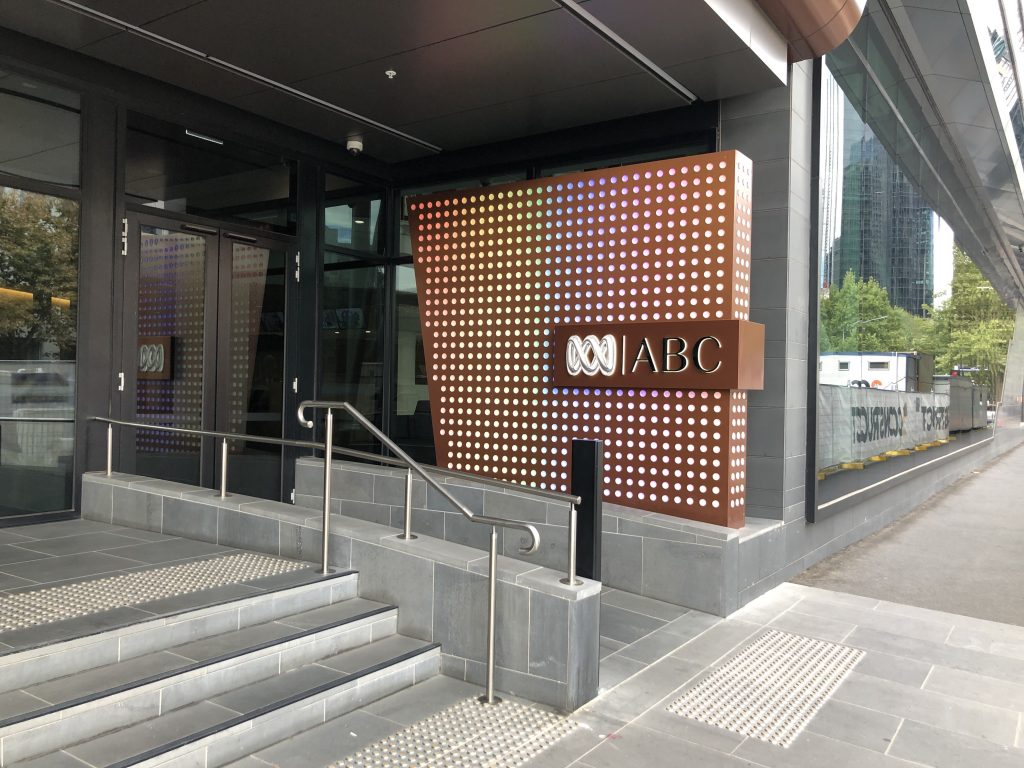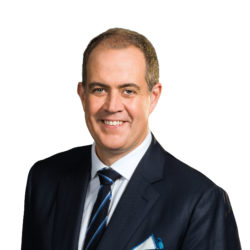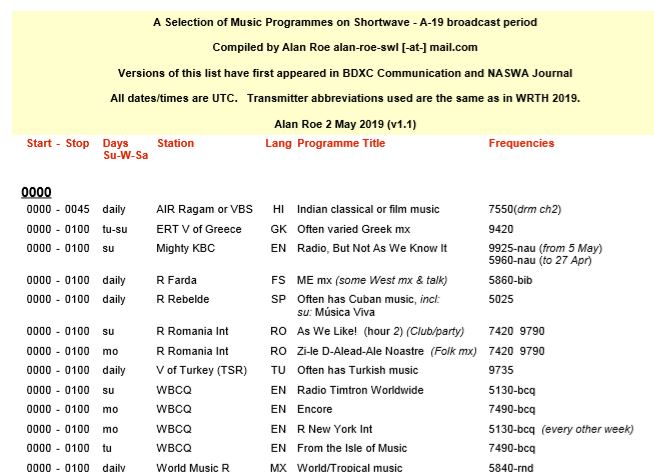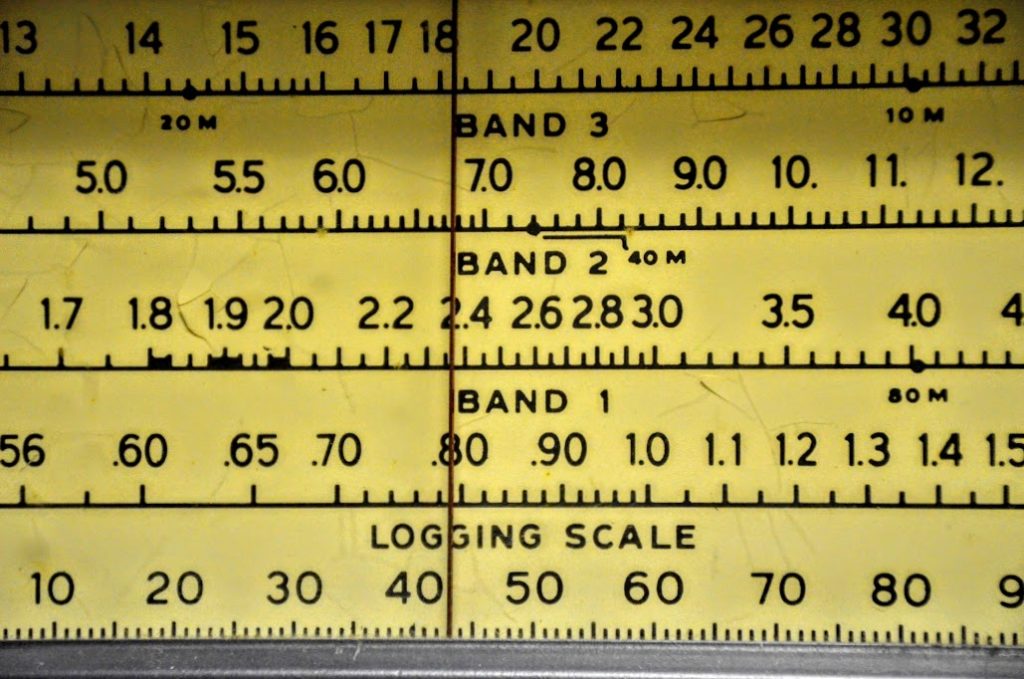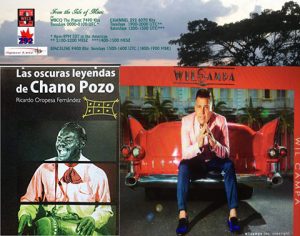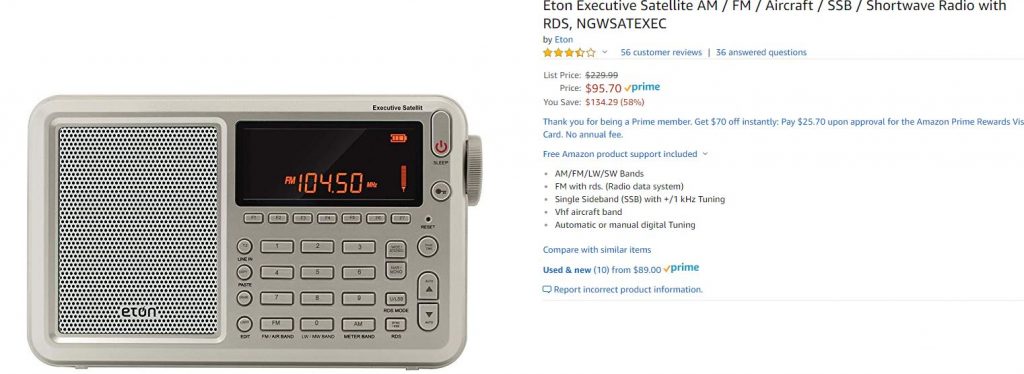Many thanks to SWLing Post contributor, Ed, who shares the following story about Radio Biafra from the LA Times:
Every evening as 5 o’clock approaches, the clogged, perpetually dusty streets of this industrial city in southeastern Nigeria begin to empty.
Groups of men just off work go inside, shut their doors and tune their radios to 102.1 FM.
Then an anthem begins to play, and a voice says “Kedu” “how are you” in the Igbo language to welcome listeners to the daily broadcast of Radio Biafra.
For the next 90 minutes, hosts and various guests proselytize for the revival of an old dream: the creation of an independent state called Biafra.
The broadcasts, conducted live from an undisclosed location in Nigeria, are illegal, and the group behind them the Indigenous People of Biafra, or IPOB has been classified by the government as a terrorist organization since 2017. Its leaders say they eschew violence and want a peaceful settlement of the issue through a national referendum.
Activists say people caught listening to the station have been arrested or beaten. But many residents here say they are willing to take the risk.
Radio Biafra is a daily reminder of the bloody civil war that ravaged Nigeria between 1967 and 1970. The conflict started when a Nigerian military general, Chukwuemeka Odumegwu Ojukwu, declared an independent state of Biafra. It ended after more than a million deaths, mostly from starvation after the government imposed a food blockade on the region.
Ultimately, the rebels surrendered and the area was reintegrated into Nigeria under the government motto “No victor, no vanquished.”
But the memory of the brutal war looms large in Aba, feeding enthusiasm for the broadcasts despite extremely long odds that Biafra will ever come to be.[…]
Click here to read the full story at the LA Times.
Radio Biafra has also been elusive and rare DX for radio listeners. Click here to read more Radio Biafra posts in our archive.

